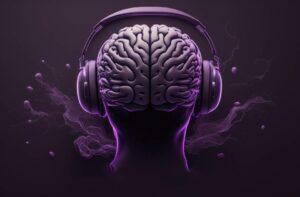Sound recording and reproduction is the process of capturing, storing, and playing back audio signals. The technology of sound recording has evolved greatly over time, from early devices that used wax cylinders or metal discs to modern digital technologies that use computer software and hardware.
The process of sound recording involves converting sound waves into an electrical signal that can be stored or transmitted. This is typically done using a microphone, which converts the vibrations of sound waves into electrical impulses. The electrical signal is then stored on a recording medium, such as magnetic tape or a digital storage device.
Sound reproduction involves playing back the stored audio signal, using a playback device such as a speaker or headphones. The process of playback involves converting the stored signal back into sound waves, which can be heard by the human ear.
Advances in sound recording and reproduction technology have had a significant impact on music and other forms of audio entertainment. Recorded music has allowed people to enjoy performances by musicians and artists from around the world and has made it possible to preserve and share cultural traditions and historical recordings.
In addition to entertainment, sound recording and reproduction technology have also been used for scientific and educational purposes. For example, audio recordings can be used to study the behaviour of animals, the properties of sound waves, or to provide audio descriptions for people with visual impairments.
Today, sound recording and reproduction technology is ubiquitous, with smartphones, computers, and other devices providing easy access to audio recording and playback capabilities. Digital audio technologies have made it possible to store and transmit high-quality audio signals and have opened up new possibilities for audio editing and manipulation.
Sound recording and reproduction
Related Semantic Entities for Sound recording and reproduction
